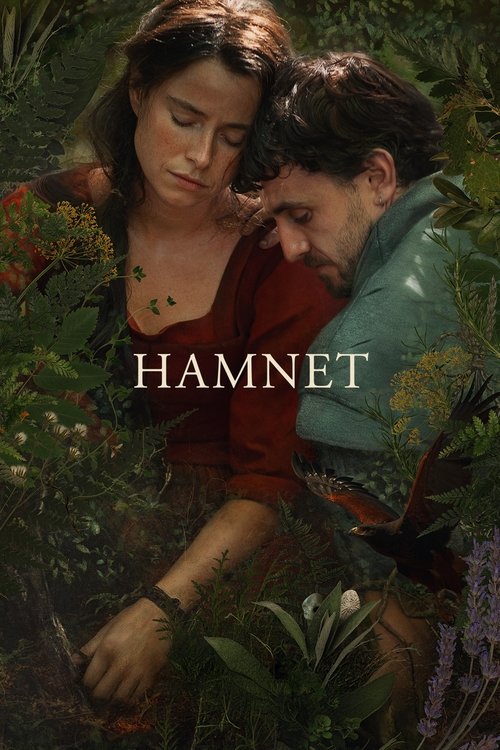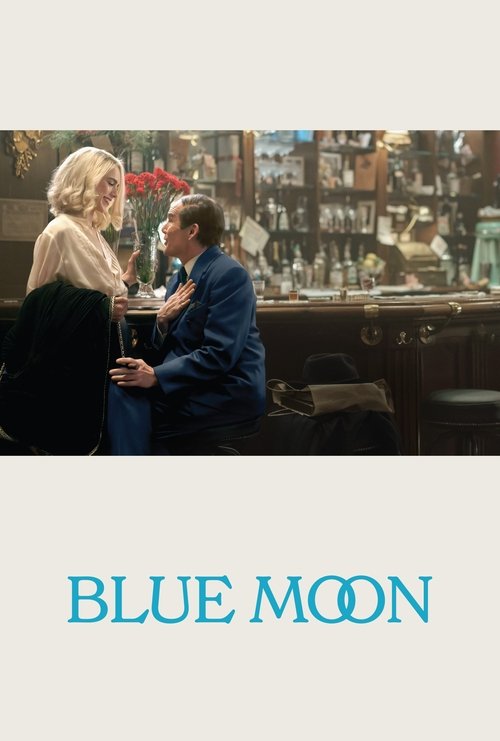
Ask Your Own Question
What is the plot?
What is the ending?
The movie Revelations of Divine Love (2025) ends with Julian of Norwich, bedridden and near death, experiencing a profound spiritual rebirth after enduring visions of Christ's suffering. She moves from despair to hope, embracing a renewed understanding of divine love and human suffering. The main characters' fates conclude with Julian surviving her illness, transformed by her mystical experiences, while others around her--such as her mother and Sybil--remain connected through shared suffering and faith.
Expanded narrative of the ending scene by scene:
The final sequence opens with Julian of Norwich lying weak and confined to her bed, her body frail from illness and the toll of the Black Plague. The room is dimly lit, emphasizing her vulnerability and isolation. As she drifts between consciousness and visions, the film shifts into a phantasmagoric realm where Julian witnesses vivid, visceral images of Christ's crucifixion. Blood drips down his torso, and his cry, "Why have you forsaken me?" echoes, capturing the depth of betrayal and abandonment. This moment represents the darkest point of suffering, both divine and human.
Julian's internal struggle is palpable; she confronts the "Ten of Swords" moment--plumbing the depths of pain and despair. Yet, the film does not linger in hopelessness. Instead, it transitions to a scene of rebirth. Julian's face, once pale and strained, begins to show signs of peace and acceptance. The camera lingers on her quill as she writes, symbolizing her resolve to transform her visions into words, to share her revelations with the world.
Interwoven with Julian's experience are scenes of her mother and Sybil, an innkeeper who has lost her family. Both women invoke the Virgin Mary, portrayed as a maternal figure who suffered for all mothers on earth. These moments highlight the shared human experience of suffering and the solace found in faith. The Virgin Mary's presence is tender and grounding, contrasting with the intense spiritual visions Julian endures.
As Julian's health stabilizes, the film shows her surrounded by a small community--her mother, Sybil, and others who seek her counsel. The atmosphere is serene and sincere, emphasizing empathy and connection. Julian's transformation is not just personal but communal; her revelations offer hope amid the chaos of plague and revolt.
The final shot returns to Julian's face, now calm and radiant, embodying the film's central message: from the depths of despair and suffering, there is a possibility of renewal and divine love. The ending leaves Julian alive, spiritually reborn, and ready to share her mystical insights, while the supporting characters remain intertwined in a shared narrative of endurance and faith.
Thus, the film closes on a note of quiet triumph, emphasizing the endurance of the human spirit and the power of love to transcend suffering.
Is there a post-credit scene?
There is no post-credit scene in the 2025 film Revelations of Divine Love. The movie concludes with the final image of Julian, played by Tessa Strain, lying in her cell, her face illuminated by a soft, otherworldly light as she whispers her famous phrase: "All shall be well, and all shall be well, and all manner of thing shall be well." The camera lingers on her serene expression as the screen fades to black, and the credits roll without any additional footage or scenes following them. The filmmakers have confirmed in interviews that the ending is intentionally left open and contemplative, with no hidden or additional material after the credits.
What visions does Julian of Norwich experience in the film, and how are they depicted?
Julian of Norwich experiences vivid, phantasmagorical visions of Christ's crucifixion, the Holy Virgin, and the famous hazelnut, which are depicted with psychedelic fantasy overtones and tangible textures. The film uses diffused, precise lighting to render these visions, making them feel both mystical and immediate. The crucifixion scene is filmed with a drop of blood running down Christ's torso, and the hazelnut vision is presented as a humble yet precious symbol of divine love. These visions are central to Julian's spiritual journey and are shown as visceral, bordering on the psychedelic, reflecting her deep mystical experiences.
How does the film portray Julian's relationship with her mother and other women in her life?
The film portrays Julian's relationship with her mother as one of deep empathy and shared suffering, with Julian invoking the Virgin Mary as a figure who suffered for every mother on earth. Later, Julian interacts with Sybil, an innkeeper who has lost her family, again drawing parallels between the Virgin's sacrifice and the pain of ordinary women. These relationships highlight the film's focus on maternal suffering and the ways in which Julian finds solace and strength in the shared experiences of women.
What role does Father Ambrose play in Julian's story?
Father Ambrose, portrayed by Theodore Bouloukos, is a parish priest who serves as a spiritual guide and confidant to Julian. He provides her with religious counsel and support as she navigates her mystical experiences and the challenges of her time. His presence helps ground Julian's spiritual journey in the context of the Church and the broader community, offering a counterpoint to her more solitary and visionary experiences.
How does the film depict the impact of the Black Plague and the Peasants' Uprising on Julian's life?
The film depicts the Black Plague and the Peasants' Uprising as pivotal events that shape Julian's life and spiritual quest. Julian survives the plague and witnesses the uprising, which she uses as a way to understand the violence and madness around her. These events are shown to have a profound impact on her, driving her to seek a deeper understanding of suffering and divine love, and influencing her mystical visions and writings.
What is the significance of the hazelnut vision in the film?
The hazelnut vision is a key moment in the film, symbolizing the preciousness and humility of divine love. Julian sees a hazelnut in her vision, which represents the idea that even the smallest and most humble things can contain the essence of God's love. This vision is presented as a mischievous reduction of Christ's teaching to a simple, tangible object, emphasizing the film's theme that transcendence can be found in the everyday and the ordinary.
Is this family friendly?
Revelations of Divine Love (2025) is not strictly a family-friendly film, as it contains mature themes and imagery that may be unsettling for children or sensitive viewers. The movie centers on Julian of Norwich, a 14th-century mystic, and explores her spiritual visions, personal suffering, and the historical context of plague and social upheaval.
Potentially objectionable or upsetting aspects include: - Depictions of illness and the aftermath of the Black Plague, which may evoke feelings of dread or sadness. - Intense, sometimes phantasmagorical visions involving religious imagery, including scenes of Christ's suffering that may be disturbing to some. - Moments of emotional distress and physical frailty, as the protagonist endures serious illness and existential crisis. - Brief psychedelic or surreal sequences that could be disorienting for younger or sensitive audiences. - Discussions of death, despair, and spiritual doubt, presented with emotional honesty.
The film is visually rich and artistically crafted, but its focus on mortality, suffering, and mystical experience makes it more suitable for mature audiences.




























